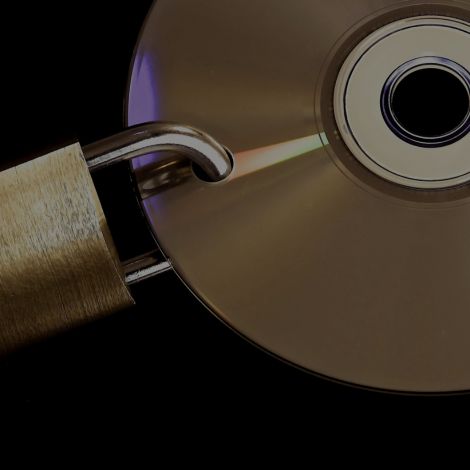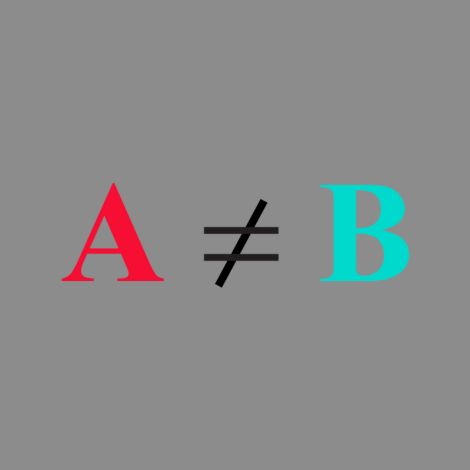
Delhi HC Clarifies the Threshold of Section 3(d): Enhanced Efficacy & Procedural Fairness in Patent
Dr Jyoti Choithani Ramani analyses Taiho Pharmaceutical Co. Ltd. v. Controller of Patents & Anr., where the Delhi High Court set aside the rejection of Taiho’s patent. The Court clarified that for a valid Section 3(d) objection, the Patent Office must identify the ‘known substance with known efficacy’, explain how the claimed compound is a...

Delhi HC: Offering copyrighted work on unfair terms amounts to refusal by owner
In Al-Hamd Tradenation v Phonographic Performance Limited, the Delhi High Court, while addressing the issue of compulsory licensing under Section 31 of the Copyright Act, 1957, underscored that balance needs to be struck between copyright owners’ rights and public access to the copyrighted works.
Section 31...

Madras HC Distinguishes Nutritional Enhancement from Methods of Treatment Under Section 3(i)
In an interesting recent case, Kemin Industries Inc. v The Controller of Patents, the Madras High Court deliberated over the patentability of inventions pertaining to animal nutrition and the applicability of Section 3(i) of the Indian Patents Act, 1970 on such inventions.
Under Section 3(i), any process for the...

Philips Secures Significant Victory in Patent Dispute With Indian DVD Makers in Delhi HC
In a significant decision by the Delhi High Court in February 2025 reinforcing the enforcement of standard essential patents (SEPs) in India, Philips Koninklijke Philips N.V. (Philips) recently won a protracted legal battle against three Indian digital versatile disc (DVD) manufacturers – Pearl Engineering Company, Powercube Infotech, and...

Delhi HC’s Key Ruling on Amendments & Experimental Data in Patent Applications
In the matter of JFE Steel Corporation v The Controller of Patents, the Delhi High Court allowed JFE Steel Corporation (JFE) to file amendments to claims and supplement the complete specification by providing new experimental data to support the claims made in its patent application.
The Court also ordered the...

Madras HC Rescues TVS’s Patent: IPO Overlooked Innovation in Braking
In the case of TVS Motor Company Limited v The Assistant Controller of Patents, TVS Motor Company Limited (TVS) filed a patent application at the Indian Patent Office (IPO) for a user-selectable regenerative braking system designed for electric or hybrid vehicles.
This would enable multiple braking modes based on...

Delhi HC Weighs in on VE Commercial vs. Jaswant Industries Dispute
In the case of VE Commercial Vehicles Limited v Jaswant Industries & Ors, the Delhi High Court granted the injunction restraining Jaswant Industries & Ors (Jaswant Industries and two travel companies collectively known as Defendants) from dealing with the buses infringing design registrations of VE Commercial Vehicles Limited (VE...

Delhi High Court Highlights Basis For Assessing Patentable Subject Matter Eligibility Of Computer Related Inventions
In the case, Blackberry Limited v the Controller of Patents and Design, Blackberry Limited (Blackberry) challenged an impugned order issued against its Indian patent application (application) for an invention relating to enhance user interaction with multimedia devices and autofill media files based on available...

Delhi High Court: Non-Attendance of Hearing Is Not Abandonment
In Star Scientific Limited v the Controller of Patents and Designs, the Delhi High Court emphasized the mandate of the Controller of Patents and Designs’ (Controller) to issue a reasoned and speaking order while deciding the fate of a patent application, regardless of the Applicant not attending the hearing.
The...

Interpretation of a Patent Claim during Patent Infringement
In the case of Itw Gse Aps & Anr. v Dabico Airport Solutions Pvt Ltd & Ors, the plaintiff, ITW GSE ApS (ITW) filed a suit seeking a permanent injunction against Dabico Airport Solutions Pvt. Ltd (Dabico) to prevent Dabico from dealing in products that allegedly infringes ITW’s suit patent.
The suit patent...

